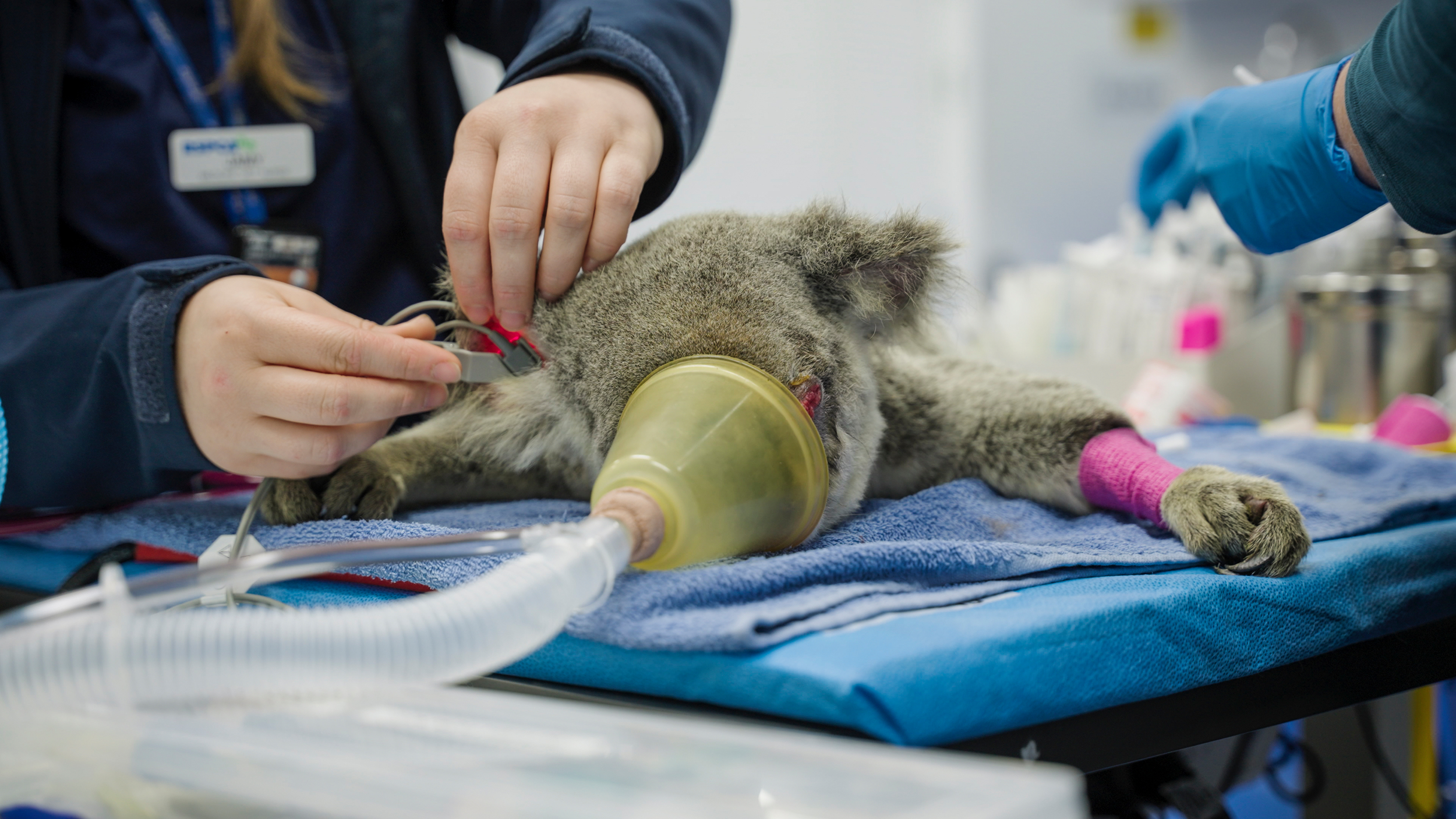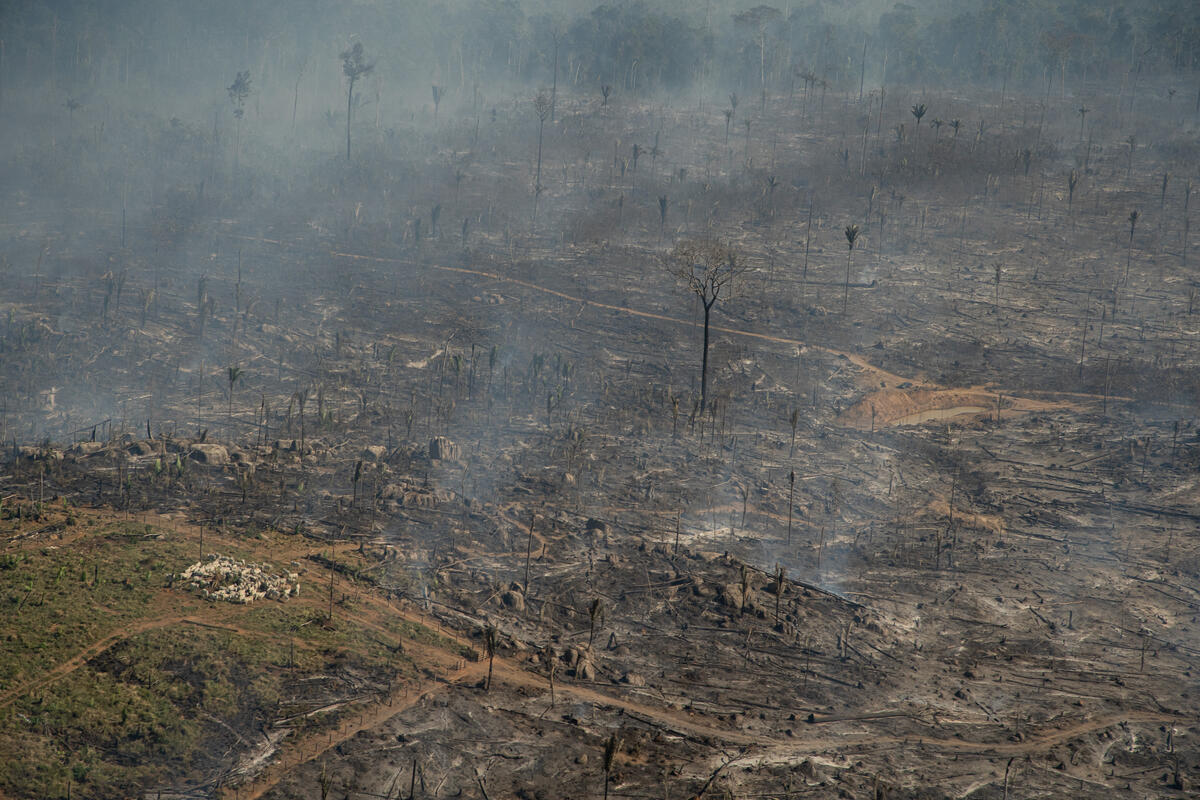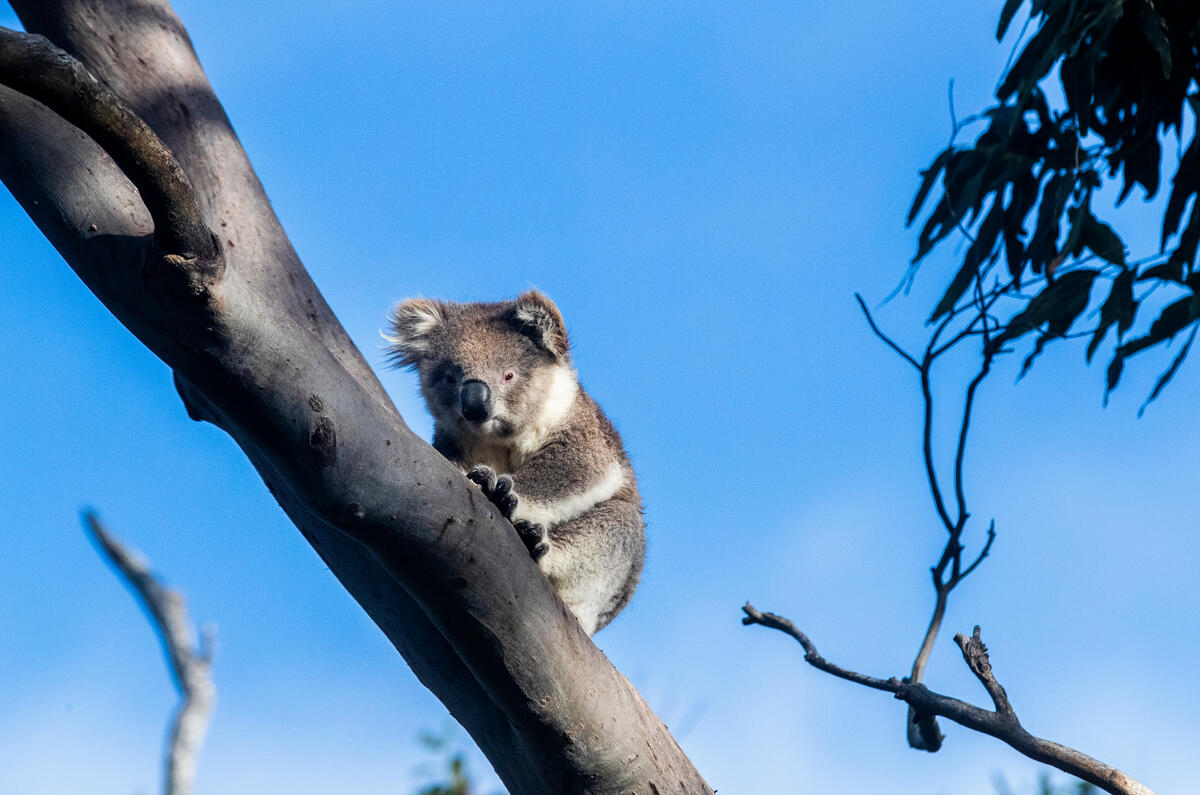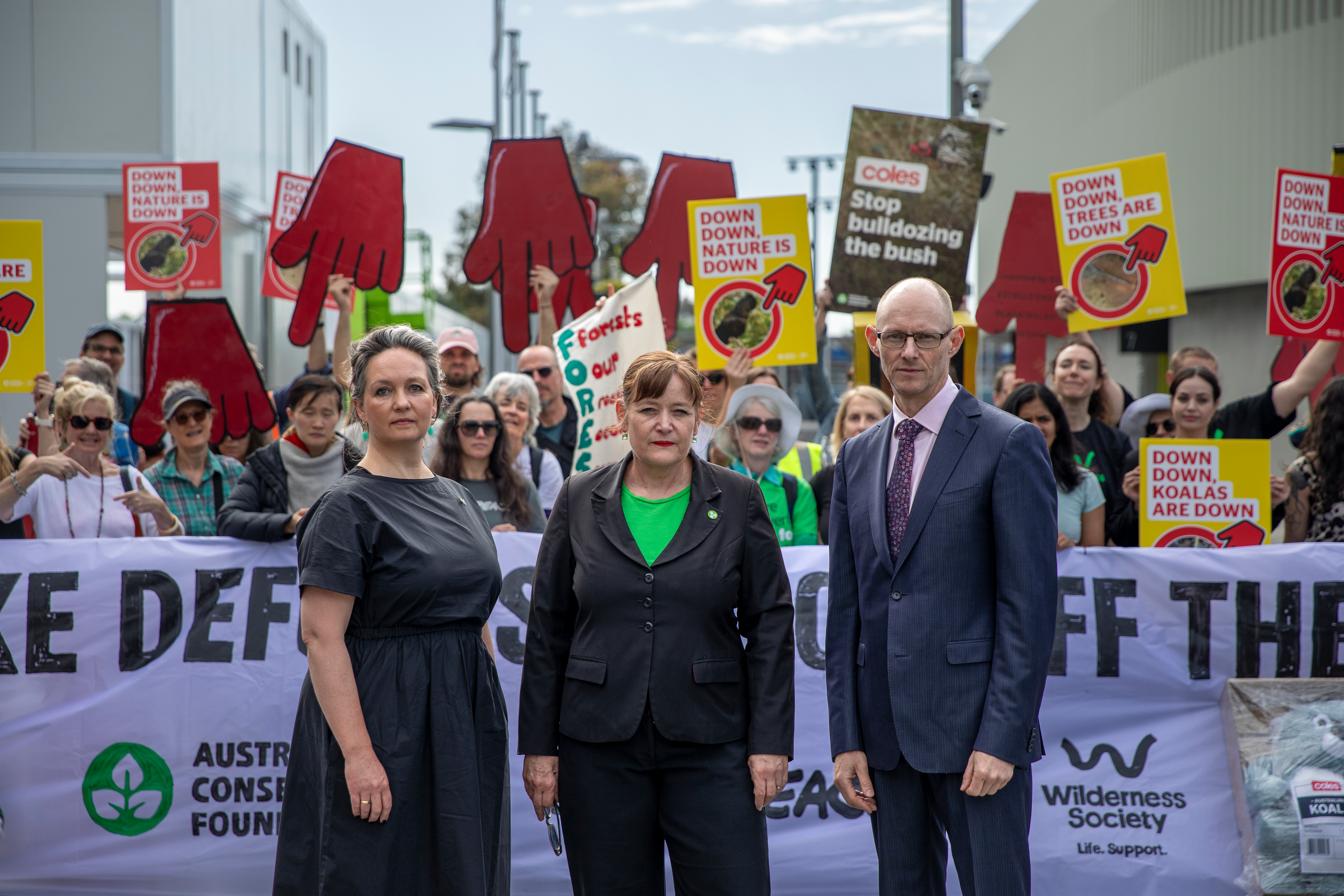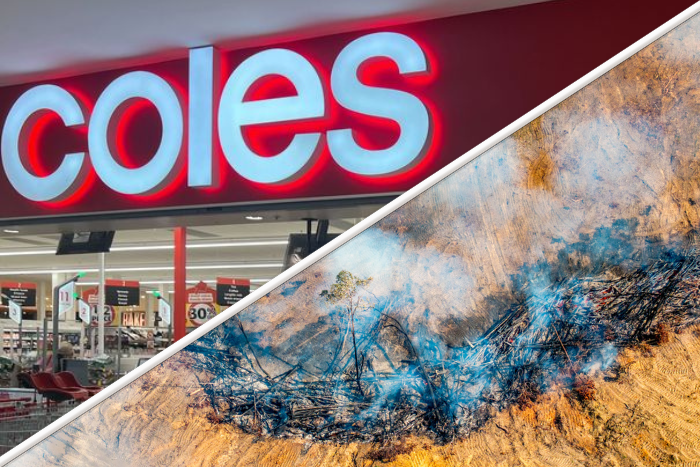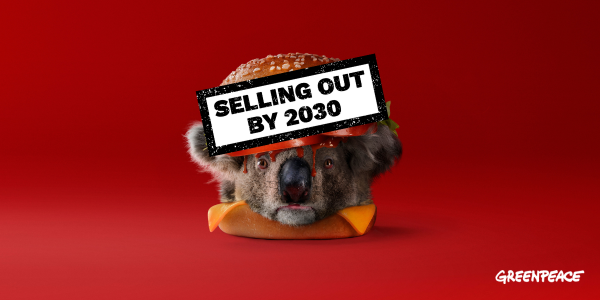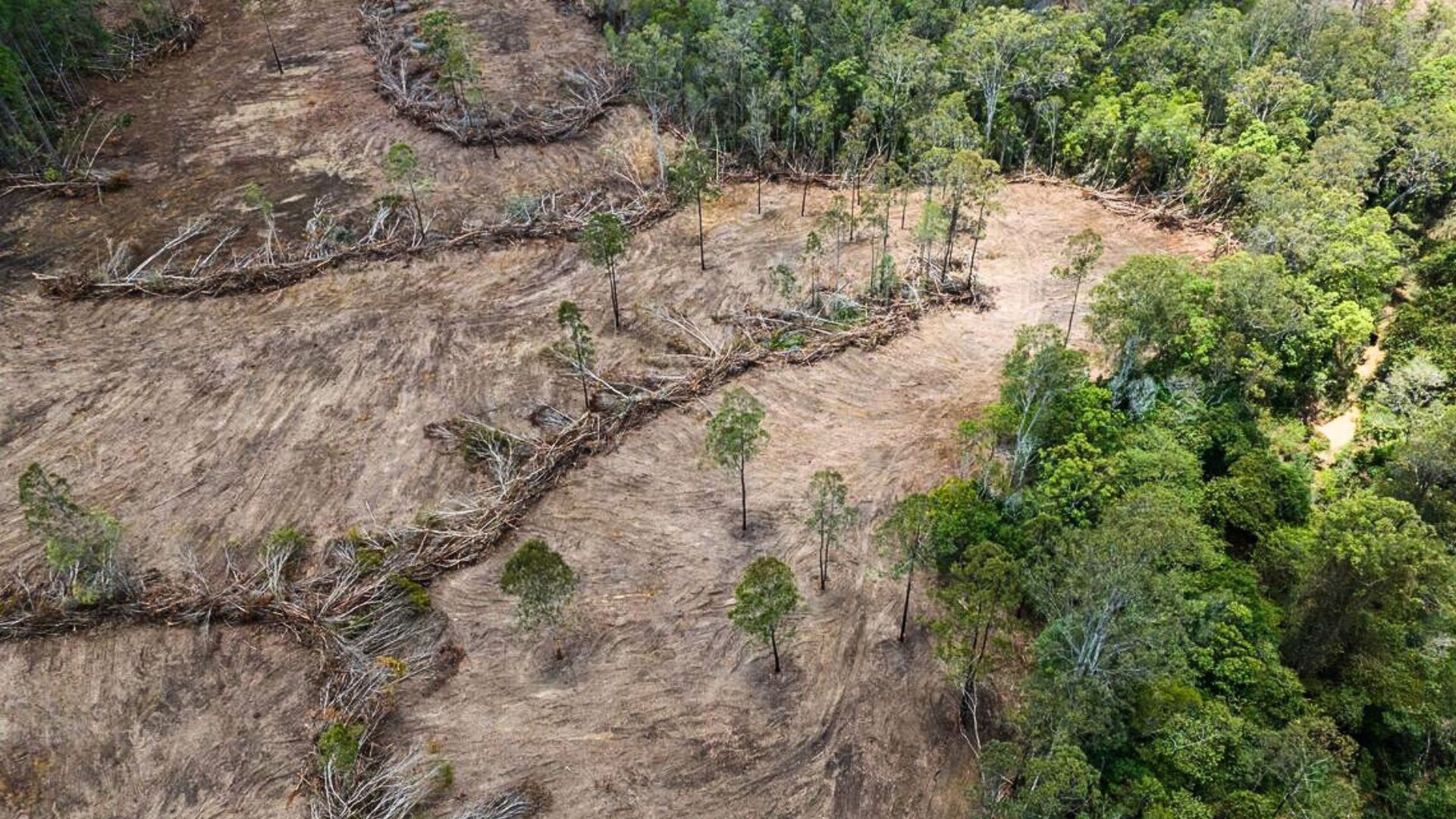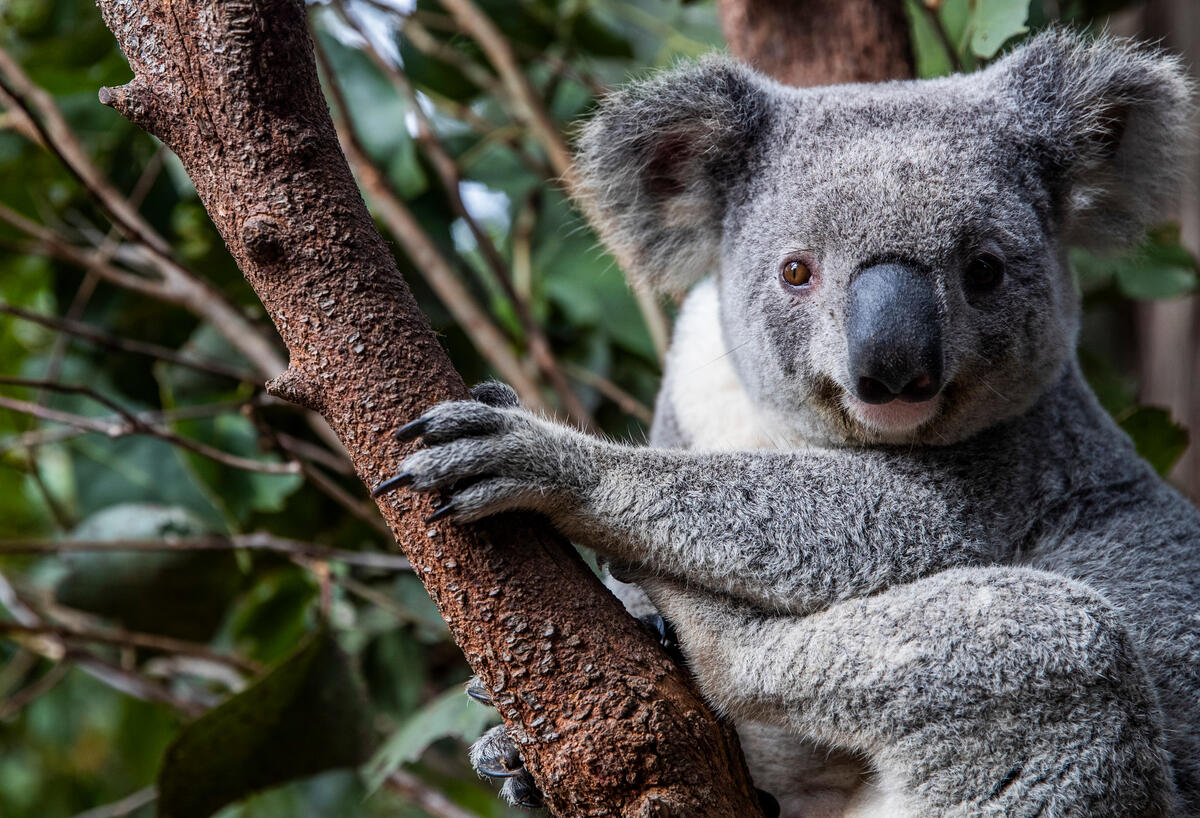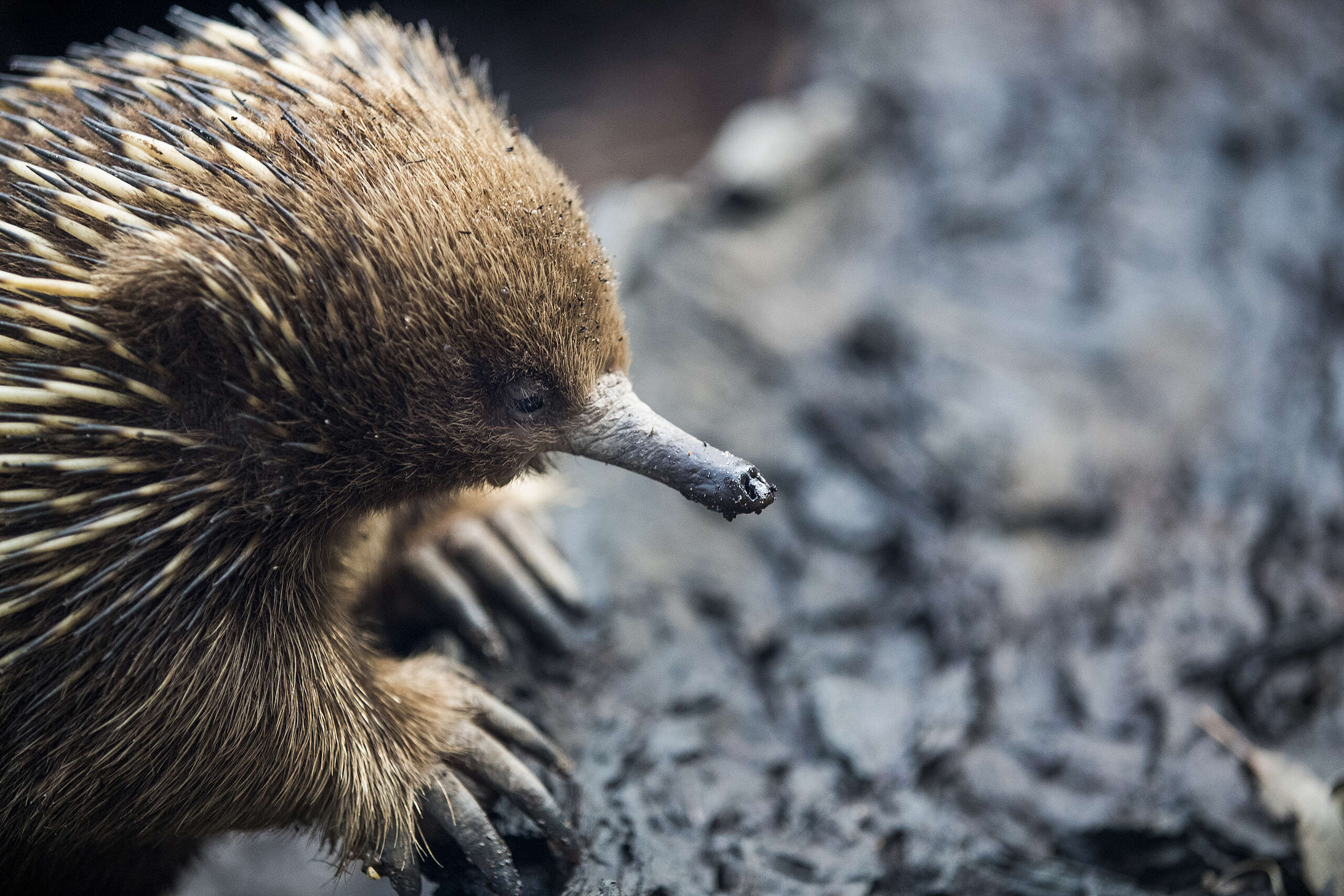All articles
-
Albo close the deforestation loopholes!
Last year, Greenpeace visited the RSPCA wildlife hospital in Queensland, where injured koalas, possums, kookaburras, and flying foxes were being treated. The hospital was overwhelmed, caring for three times the…
-
‘Devastation Bill’ puts Amazon and Brazil’s climate goals at risk before COP30
Brazilian National Congress has approved the ‘Devastation Bill’, which significantly weakens environmental licensing and could lead to a deforestation explosion
-
Labor governments quash nature protection at behest of miners
SYDNEY, Monday 3 February — Greenpeace Australia Pacific has slammed the Albanese government and WA Cook government for quashing promised national nature law reforms this term, a move it says…
-
Coles urged to beef up deforestation policies at AGM
MELBOURNE, Tuesday 12 November 2024 — Dozens of people from some of Australia’s biggest environmental organisations have protested at a pop-up ‘deforestation zone’ outside the Coles annual general meeting in…
-
Campaign win! McDonald’s commits to taking deforestation off the menu
After thousands of Aussies called out the fast food giant, McDonald’s has committed to only sourcing deforestation-free beef. But McDonald’s will only do this by 2030, 5 years later than…
-
“Not on the menu”: McDonald’s promises to end deforestation in supply chain by 2030
SYDNEY, Thursday 09 October 2024 — Fast food giant McDonald’s has announced it will source only deforestation-free products in its supply chain, a move welcomed by Greenpeace Australia Pacific but…
-
A hidden crisis: the potentially illegal destruction of Aussie forests
Australia is undergoing a sustained, mostly hidden deforestation crisis of a globally concerning scale. Recent research reveals that this destruction of our forests may not be compliant under national law.
-
Zero credibility: The beef industry’s new deforestation definition
SYDNEY, Monday 16 September 2024 – Cattle Australia has today released its own definition of deforestation, which Greenpeace Australia Pacific has slammed as completely out of step with global best…
-
Nature law reform, EPA pare back ‘deeply alarming’: Greenpeace
Responding to reports in the West Australian this morning that the Prime Minister is poised to seriously weaken the role of the proposed national Environmental Protection Australian (EPA) and to delay broader nature law reform until next term, the following quotes can be attributed to Glenn Walker, Head of Nature, Greenpeace Australia Pacific:

